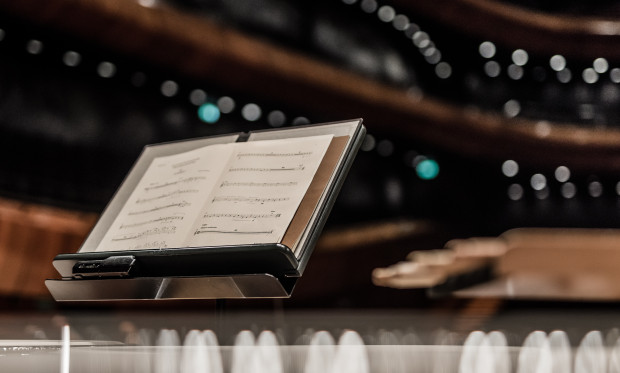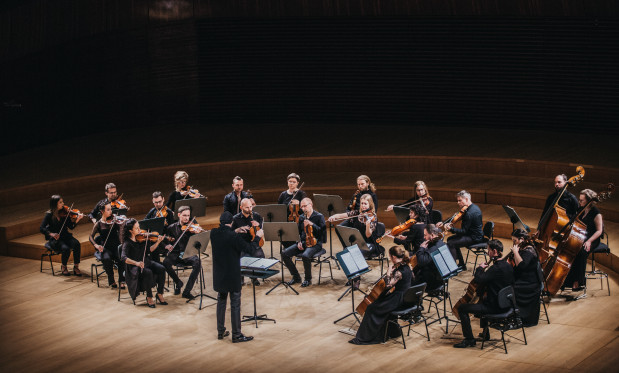NOSPR / Foster / Lozakovich / In the Heart of the Romantic World - NOSPR
NOSPR / Foster / Lozakovich / In the Heart of the Romantic World
What unravels here is a fascinating web of interconnections. These three works, though different in genre and circumstances in which they were created, share more than just a romantic sensibility and aesthetic, but also biographical ties which centre around the figure of Felix Mendelssohn. While representing different genres of orchestral music – the concert overture, the instrumental concerto, and the symphony – they illustrate the formation of the 19th-century musical tradition, in which vocal-derived tunefulness, emotional expressiveness, and formal mastery served as the foundation of both structural and aesthetic thinking.
Mendelssohn composed the Ruy Blas Overture in just three days, on commission from the Leipzig Theatrical Pension Fund. This remarkably swift creative process served as a kind of a challenge: the suggestion that Mendelssohn could not possibly write a work in such a short time angered the composer and spurred him to prove his Mozartian brilliance. Ruy Blas reveals his consummate command of structural contrast as it shifts with striking fluidity between light and shadow, unease and elation.
The overture was written in March 1839, merely three weeks before the premiere of Schubert’s Symphony No 9, for which Mendelssohn – one of the brightest figures of the European Romantic movement, a humanist and a brilliant scholar – also proved to be a key figure. Composed between 1825 and 1828, the symphony was deemed unperformable by the Austrian Musical Society and subsequently fell into oblivion. Only through its rediscovery by Robert Schumann and the determined efforts of Mendelssohn, who conducted its premiere at the Leipzig Gewandhaus on 21 March 1839 – after the composer’s death – was it possible for ‘The Great’ to claim its rightful place in the repertoire. It emerged as a seminal work in the development of the symphonic genre in the 19th century.
Max Bruch took up the musical ideals that had once guided Mendelssohn. When he completed his Violin Concerto in G minor in 1868, he did so with full awareness of the tradition he was continuing. Bruch leaned into the conservative style of Brahms but also reached back to the legacy of Mendelssohn. Like Mendelssohn’s celebrated Violin Concerto in E minor, Bruch’s concerto shows numerous similarities to Mendelssohn’s famous Violin Concerto in E minor, including the attaca transitions between movements and the omission of an orchestral introduction.
Andrzej Sułek
Concert duration (intermission included): approximately 120 minutes
Everything you need to know before you come to the NOSPR – practical advice for those attending events
We kindly request that you familiarise yourself with the information concerning parking in the Culture Zone – important information about parking.
Upcoming events

JazzKLUB / Laureates of the Jazz Juniors 2025 Competition - Symbiosis 5 / Jazz of the Future
Chamber Hall
Buy ticket












